-
New Combinations
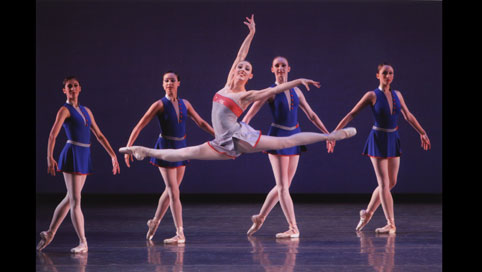
NEW COMBINATIONS is a program of three stylistically similar ballets, one just premiered, another that was new last fall, and a third dating from 2000. They work remarkably well in juxtaposition, with their emphasis on historical allusion and reconsideration, a marked sensitivity to the interaction of color and choreography, and a deep appropriateness for a…
-
Cinderella

There was, I thought as I listened to Valery Gergiev conduct Prokofiev’s music to the ballet of CINDERELLA, something radical about it. It seems actively to resist Romanticism, despite the fairy tale it depicts, and to veer full scale into the abstraction and self-consciousness of Modernism. It is only at the moments of literal romance…
-
Tristan and Yseult
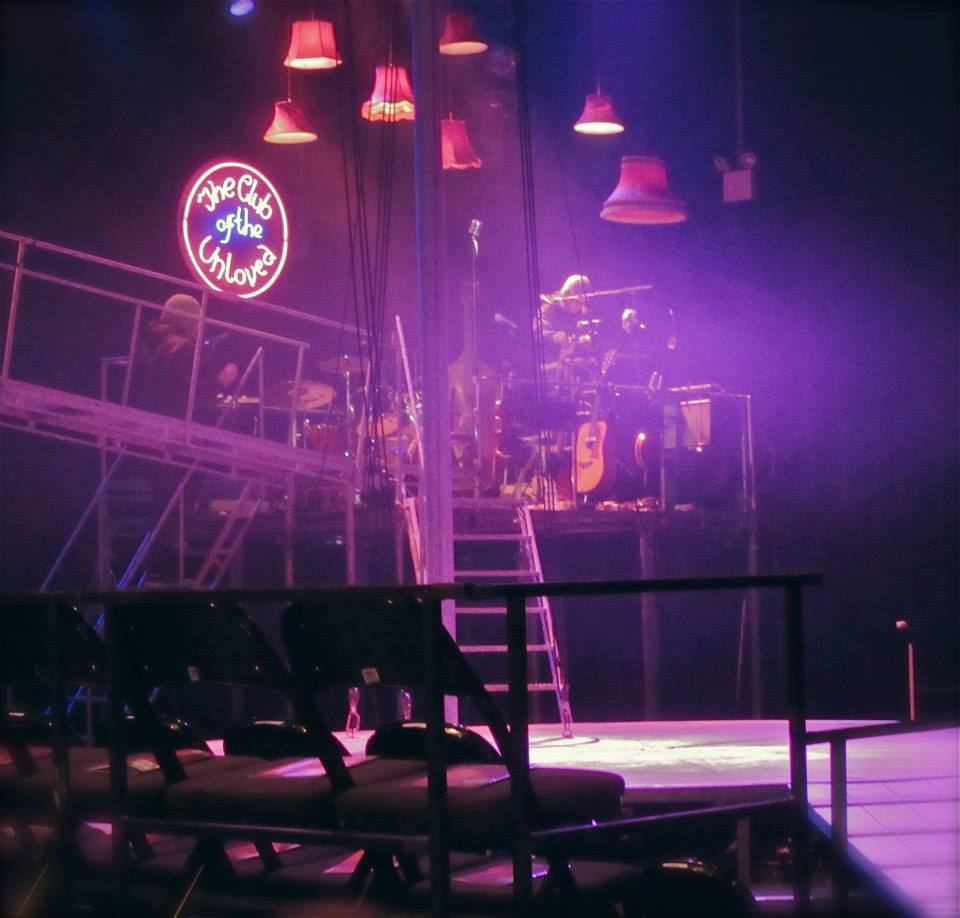
The story of Tristan and Isolde shares with Romeo and Juliet a special status among the archetypes of love, which for the Romantics was a thing so strong that it doomed its feelers, its sublimity fulfilled only through the greater sublimity of death. But I am convinced, having seen TRISTAN AND YSEULT, which revives the…
-
Manon
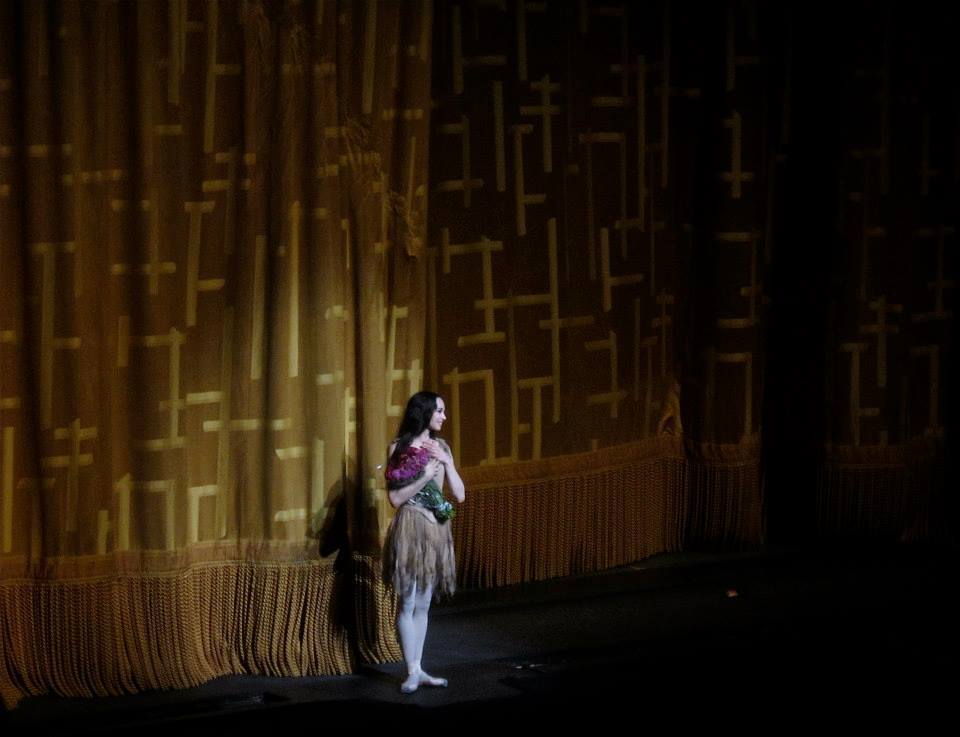
I went to MANON to see Diana Vishneva, whom I have seen before, but too long ago and not often enough. This was her 10th season with the American Ballet Theatre, her second home along with the Mariinsky in Russia, and cause for great celebration at the weekend close. The ballet itself is of interest,…
-
Midsummer Night’s Dream
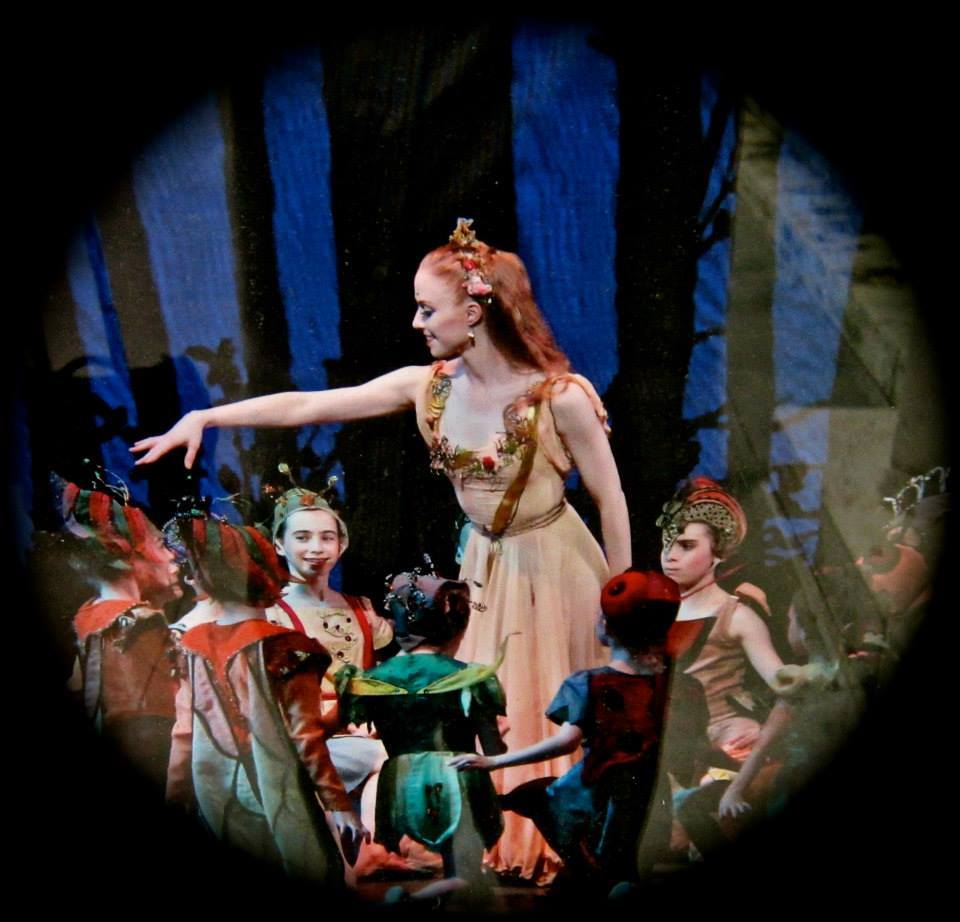
George Balanchine’s balletic rendering of A MIDSUMMER NIGHT’S DREAM (1962), in revival at the New York City Ballet, captures less the Shakespeare of the popular theater, and the modern nostalgia for it, than the Shakespeare of the court, the one associated with Blackfriars, Ben Jonson, and the masques of Inigo Jones. There is a great…
-
MalPaso Dance Company

I had certain impressions of the MalPaso Dance Company of Cuba at the Joyce, but none was stronger than that the dancers had not been trained into their bodies but in them. They are so present in their physical selves that they must surely have been there always; they would need to be trained out…
-
Jewels

Last week at the New York City Ballet I saw George Balanchine’s JEWELS, a full-length ballet in three parts, “Emeralds,” “Rubies” and “Diamonds”, created in 1967. There is a sense in which, when we see a Balanchine at the NYCB, which he co-founded, we are seeing a work “from the repertory”, and another in which…
-
Glamour Tango
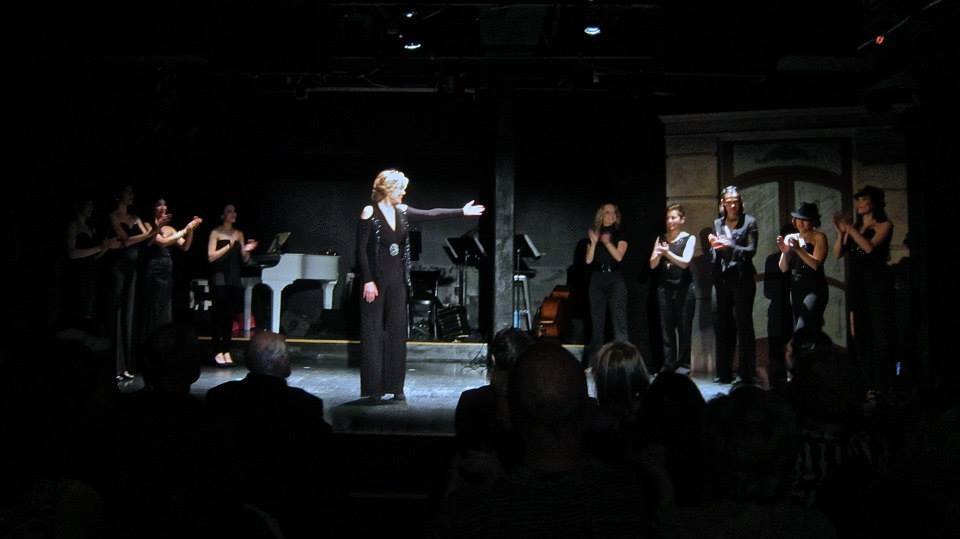
Polly Ferman presented her show GLAMOUR TANGO, subtitled “Tango in Feminine Form,” on Monday night at Tango House, using New York based, but international, talent, all of them, appropriately, women. It follows the basic form of a lot of tango shows. There is a live orchestra at the back of the stage, which includes Ayelen…
-
Then, 1000 Years of Peace
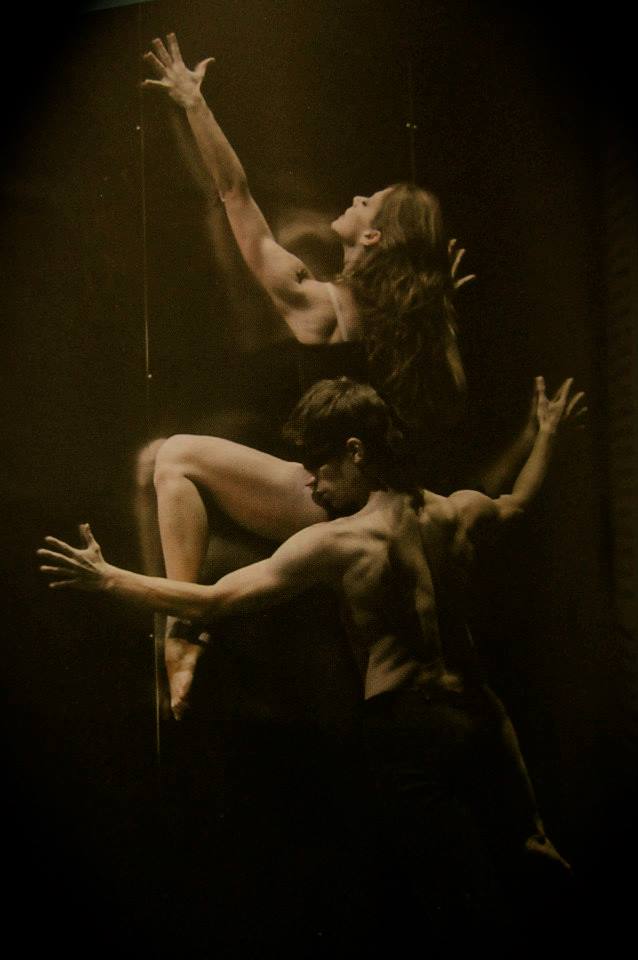
You can never read all of the books, or see all of the films, or visit all of the places, or speak all of the languages, or see all of the theatre and the dance and the opera, or listen to all of the songs, or sing them, or embrace every lover, or wonder at…
-
Sleeping Beauty

Michael Bourne subtitles his dance to Tchaikovsky’s SLEEPING BEAUTY – “A Gothic Romance.” He turns the tale, first told by Perrault, then by brothers Grimm, later by Petipa as choreographer, and yet again by Disney, into a vampire love story set around the fin de siècle. This is not completely inappropriate. An overlap may be…